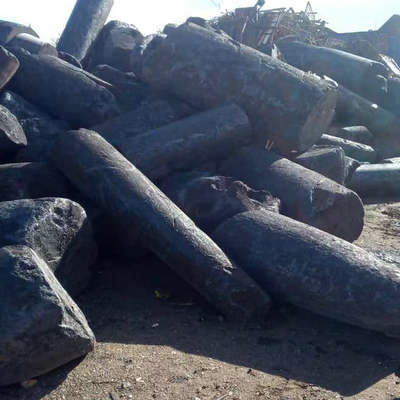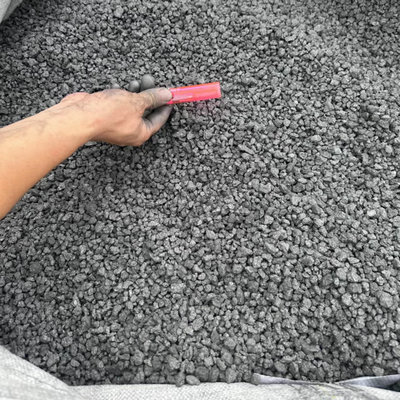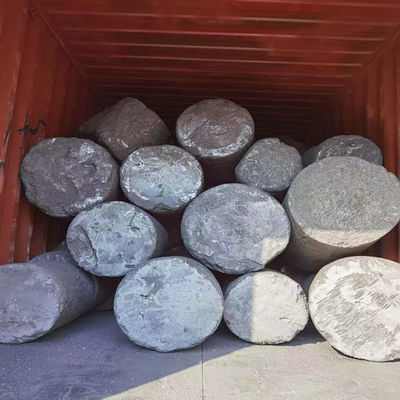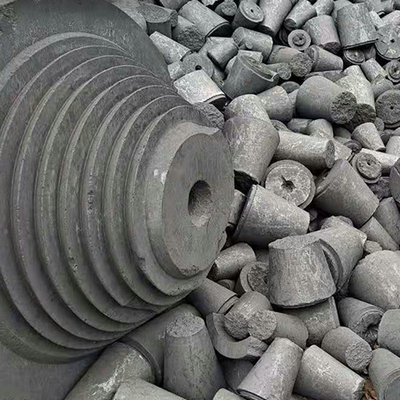Graphite electrode scraps are a valuable byproduct of the graphite industry, and they have a wide range of applications in various industries. These scraps are obtained during the production and processing of graphite electrodes and are often in the form of graphite granules, particles, lumps, or blocks. They are characterized by high carbon content, low sulfur, low ash, low resistivity, and low nitrogen, making them highly desirable for use in metallurgical casting, carbon, electrolytic aluminum, and iron ore cast iron production industries.

Graphite electrode scraps are essentially the residual material that is left behind after the processing and machining of graphite electrodes. These scraps can vary in size and shape, ranging from fine granules to larger blocks, depending on the specific manufacturing process. However, regardless of their form, graphite electrode scraps are highly sought after for their unique properties and versatility in various industrial applications.
One of the primary applications of graphite electrode scraps is in the metallurgical casting industry. The high carbon content and low impurities make them an excellent choice for use as a carbon additive in the production of high-quality steel and iron castings. The addition of graphite scraps to the casting process can help improve the machinability, strength, and overall quality of the final product, making it a popular choice among foundries and casting facilities.
In addition to the metallurgical casting industry, graphite electrode scraps are also widely used in the carbon industry. These scraps can be used as a raw material for the production of various carbon-based products, including carbon brushes, carbon blocks, and carbon composites. The high carbon content and low impurity levels make graphite scraps a cost-effective and environmentally friendly alternative to traditional carbon sources, making them an attractive option for carbon manufacturers.
Furthermore, graphite electrode scraps find extensive use in the electrolytic aluminum industry. The low sulfur, low ash, and low resistivity of these scraps make them an ideal choice for use as a carbonaceous material in the production of aluminum. The addition of graphite scraps in the electrolysis process helps improve the conductivity and efficiency of the process, resulting in higher purity and quality aluminum production.
Additionally, graphite electrode scraps are utilized in the iron ore cast iron production industry. The high carbon content and low impurity levels of these scraps make them an excellent choice for use as a recarburizer in the production of cast iron. The addition of graphite scraps helps adjust the carbon content of the iron, improve the quality of the final product, and reduce the overall production costs, making it a valuable resource for iron and steel manufacturers.
In conclusion, graphite electrode scraps are a versatile and valuable resource with a wide range of applications across multiple industries. Their unique properties, including high carbon content, low impurities, and excellent conductivity, make them a desirable choice for use in the metallurgical casting, carbon, electrolytic aluminum, and iron ore cast iron production industries. As the demand for high-quality, cost-effective raw materials continues to grow, graphite electrode scraps are poised to play an increasingly important role in meeting the needs of these industries. With their potential for recycling and reuse, graphite electrode scraps are not only beneficial for industrial applications but also for promoting sustainable and environmentally friendly practices within the manufacturing sector.
Post time: Dec-18-2023









